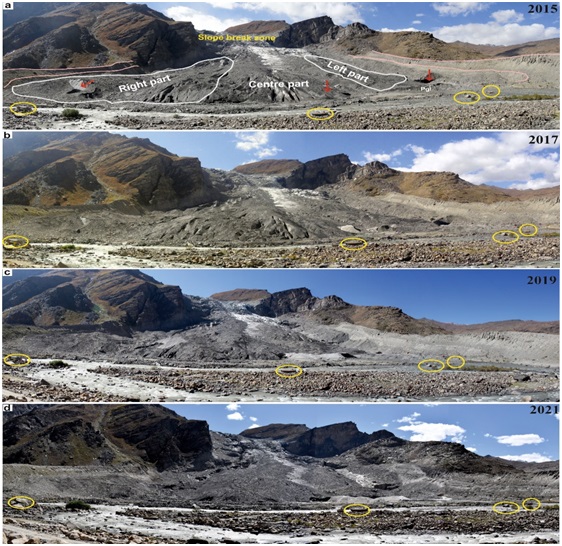eSanjeevani (India's Integrated Telemedicine Solution ) (Indian Express)

- 02 Aug 2023
Why in the News?
The Union Health Minister revealed to the Rajya Sabha that the eSanjeevani telemedicine application, introduced by the Centre, has successfully conducted a remarkable 14,17,81,384 teleconsultations.
About eSanjeevani:
- eSanjeevani is an integrated telemedicine solution, hosted on the cloud, developed by the Ministry of Health and Family Welfare, Government of India.
- This telemedicine app facilitates seamless communication between doctors and patients as well as doctor-to-doctor interactions.
- The Centre for Development and Advanced Computing (C-DAC), Mohali, is responsible for the design, development, deployment, and maintenance of this platform.
- The eSanjeevani system consists of two essential modules:
- eSanjeevani AB-HWC:
- This module serves as a doctor-to-doctor telemedicine platform, strategically implemented across all Health and Wellness Centres (HWCs) in the country under the Ayushman Bharat Scheme.
- It operates on a Hub-and-Spoke model, with zonal hubs comprising MBBS/Specialty/Super-Specialty doctors connected to state-level Ayushman Bharat-Health and Wellness Centers.
- eSanjeevani OPD:
- Rolled out in 2020 during the initial Covid-19 lockdown when outpatient departments (OPDs) were closed, this module enables patient-to-doctor remote consultations.
- People can access outpatient services from the comfort of their homes, ensuring healthcare accessibility during challenging times.
- eSanjeevani represents a significant step towards enhancing healthcare accessibility and digital healthcare services across India.
Parkachik Glacier (Indian Express)

- 31 Jul 2023
Why in the News?
According to a recent study by scientists from the Wadia Institute of Himalayan Geology, the rapid ice melt of the Parkachik Glacier in Ladakh is anticipated to lead to the formation of three glacial lakes.
Regarding the Parkachik Glacier:
- The Parkachik Glacier, stretching 14 km in length and covering approximately 53 square km, stands as one of the largest glaciers in the Suru River valley.
- This valley is situated within the southern Zanskar Ranges of the western Himalayas.
- The glacier's accelerated melting can be attributed to two primary factors.
- Firstly, the effects of global warming and rising temperatures in the area contribute to this phenomenon.
- Secondly, its lower altitude compared to other glaciers in the Zanskar region also plays a significant role in the rapid melting process.
- Also, its relatively lower altitude compared to other glaciers in the Zanskar region contributes to its vulnerability to melting.
Important details about the Zanskar Ranges:
- Location:
- Zanskar is a high-altitude semi-desert situated on the Northern flank of the Great Himalayan Range.
- Climatic Influence:
- The Zanskar Ranges serve as a climatic barrier, shielding Ladakh and Zanskar from much of the monsoon weather. Consequently, the region experiences a pleasantly warm and dry climate during the summer months.
- Flora:
- The lower reaches of Zanskar's valleys harbor most of its vegetation, primarily consisting of alpine and tundra species.
- Fauna:
- Zanskar is home to diverse wildlife, including marmots, bears, wolves, snow leopards, kiangs (Tibetan wild asses), bharals (Himalayan blue sheep), alpine Ibex, wild sheep and goats, and the impressive lammergeier, also known as the bearded vulture.
